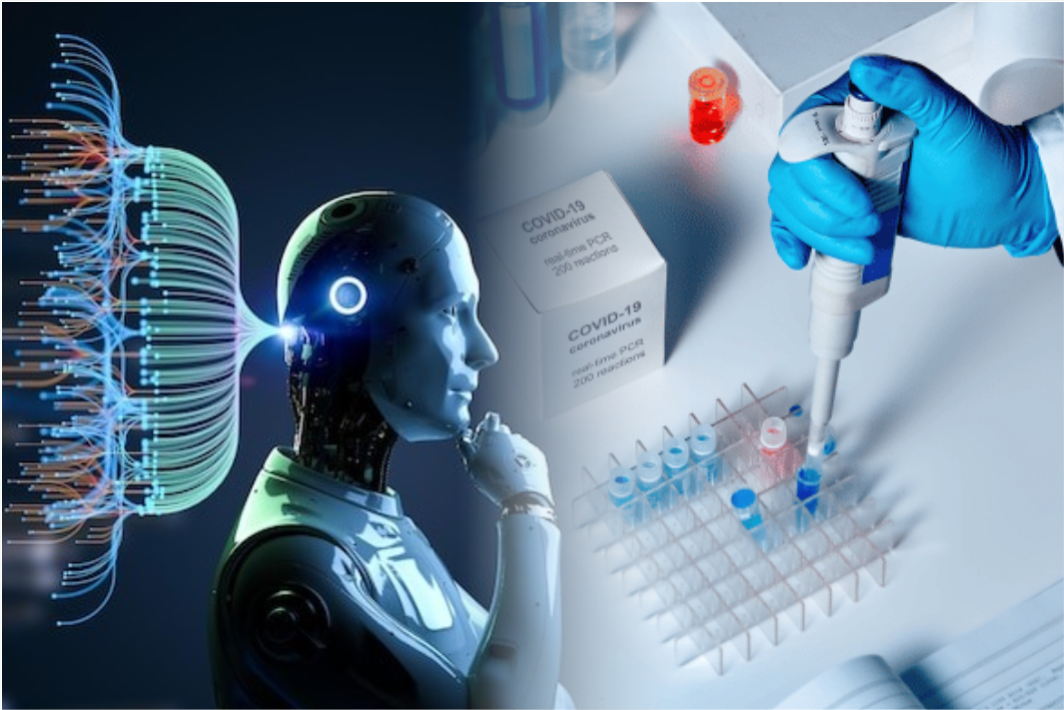Background
AI has been helping people globally find solutions
with minimal human intervention. With the latest advantages of AI-based
solutions, the world can extract the information required for specific
purposes. AI in healthcare plays a critical role in addressing the healthcare
needs of large populations, particularly in rural areas at the primary care
level. Even at the secondary and tertiary care levels, AI-based solutions can
provide a differential diagnosis for a specific disease and predict early
disease diagnosis based on data patterns. The IVD sector is one industry that
can enhance efficiency at all levels of care, including primary, secondary, and
tertiary, through AI.
WHY AI
AI-based solutions depend on data to enhance the
sensitivity and specificity required for accurate disease diagnosis at the
field level. An AI-powered Image Analysis tool can effectively analyze medical
images such as blood smears, pathology slides, and radiology images, resulting
in more precise and expedited detection of abnormalities than traditional
methods.
Through the automation of routine tasks, AI has the
potential to significantly decrease labor costs and eliminate the necessity for
repetitive tests, thereby reducing overall operational expenses in laboratory
settings. Further, with the help of pattern recognition, AI can effectively
identify patterns in diagnostic tests that humans may miss, ultimately enabling
earlier and more accurate disease detection.
Wearables will also be instrumental in delivering
precise diagnoses and lowering out-of-pocket costs. It will also ensure the
accuracy and accessibility of healthcare, particularly in rural areas. With the
data collected by these wearables, AI can synthesize data and provide
predictions for saving the lives of people across the globe. With the help of
interoperable data, companies can collate information and support each other by
providing data for better efficacy and outcome diagnosis for the IVD industry.
Conclusion
The introduction of AI to the IVD industry promises to revolutionize health care by offering more significant diagnosis and accuracy and making health services much more accessible, especially to underserved populations. It would improve quality, cost-effectiveness, and timeliness in healthcare services. This will yield better patient outcomes and broader availability of indispensable diagnostic care for humankind.





